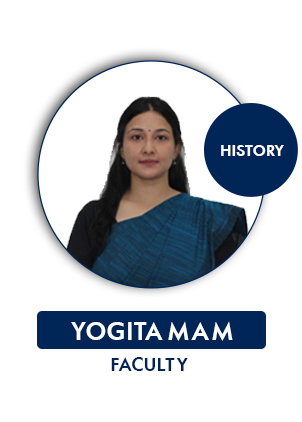UPSC Prelims
Build a strong foundation with expert guidance and comprehensive study materials.
UPSC Mains
Master answer writing and advanced concepts with in-depth mentorship.
UPSC Interview
Prepare with mock interviews and expert strategies to ace your final stage.
EXPLORE OUR COURSES
Comming soon !!!
Crack UPSC With Our Expert Guidance
Get an Instant Call Back By Our Mentor!

FREE RESOURCES
Check Out Our Free Resources
Notes
Access high-quality UPSC notes covering all subjects and topics for efficient exam preparation. Stay ahead with well-structured, concise, and exam-focused content.
Videos
Enhance your learning with expert-led video lectures designed for UPSC aspirants. Get in-depth explanations, strategies, and insights to crack the exam.
Quizes
Test your knowledge with daily quizzes and improve your accuracy and speed. Stay exam-ready with topic-wise and full-length quizzes designed for UPSC aspirants.
Blogs
Stay updated with the latest UPSC exam trends, strategies, and preparation tips. Read expert insights and guidance to boost your UPSC journey.
0+
Success Stories & Counting
Empowering learners with knowledge and proven results.
0+
Interactive Quizzes & Tests
Sharpen your skills with regular practice and assessments.
0+
Hours of Video Content
Learn at your own pace with expertly crafted video lessons.
0+
Personalized Learning Paths
Tailored courses to meet every learner’s unique needs and goals.
What Students Say About TARUN IAS
Frequently Asked Question on UPSC
Still Have Queries, Connect Now
Fill out this form to get expert guidance and answers to your queries. Our team will reach out to assist you shortly!





